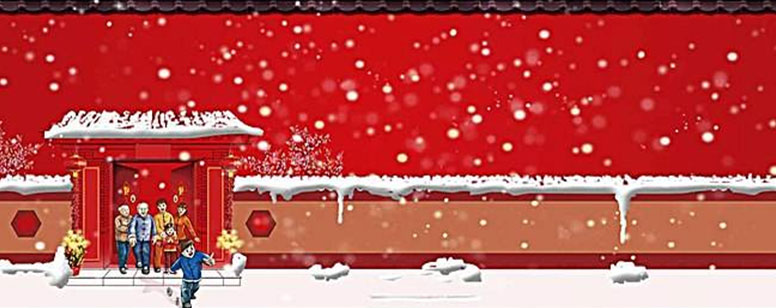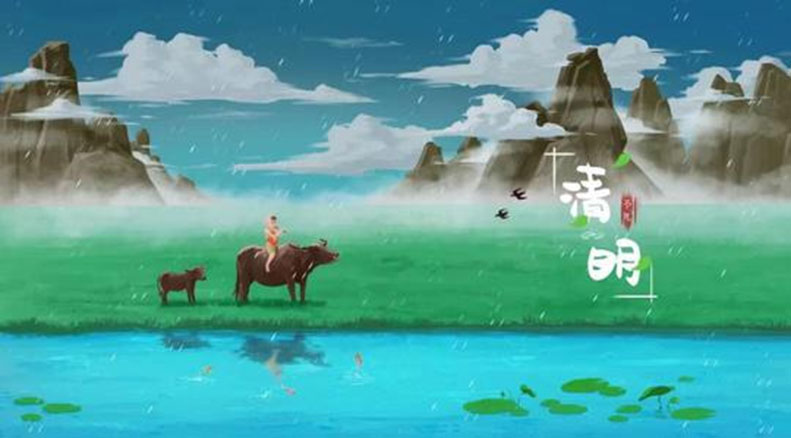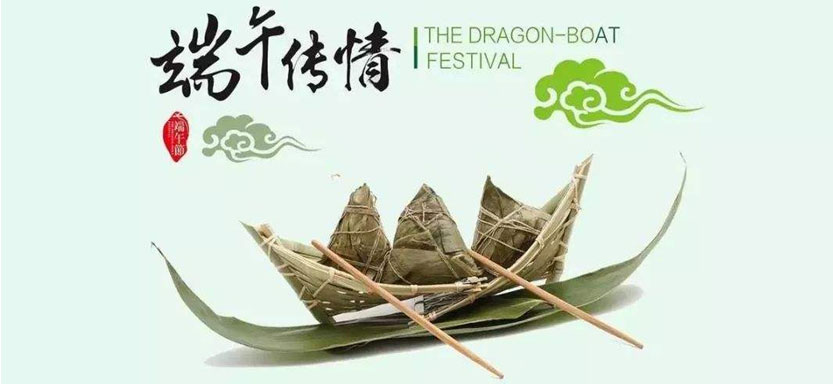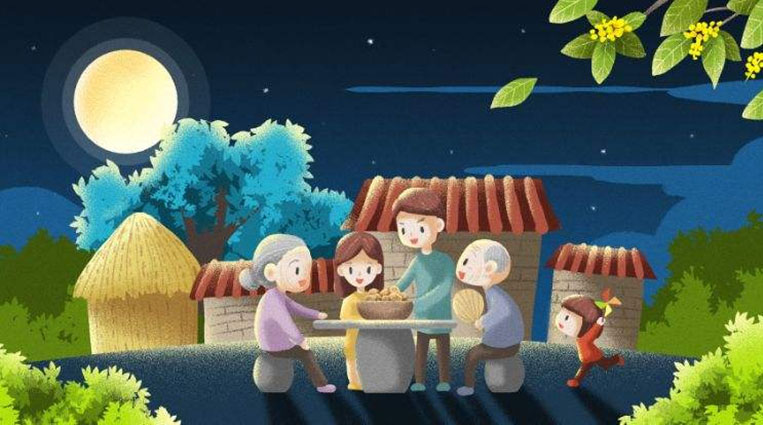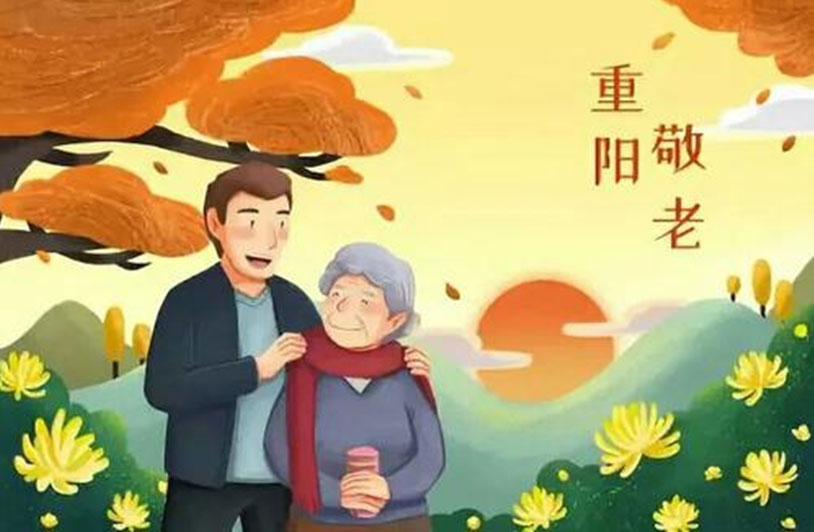Spring festival is the symptom of the beginning of Chinese new year and Chinese people believe how they behave will influence the rest of the year. Therefore, there are many taboos during the spring festival. For example, words like “Si, Po, Sha, Gui and Bin“ should be avoided in the talk. In some regions, the rice container must not be empty, otherwise people might not have enough food in the following days.
